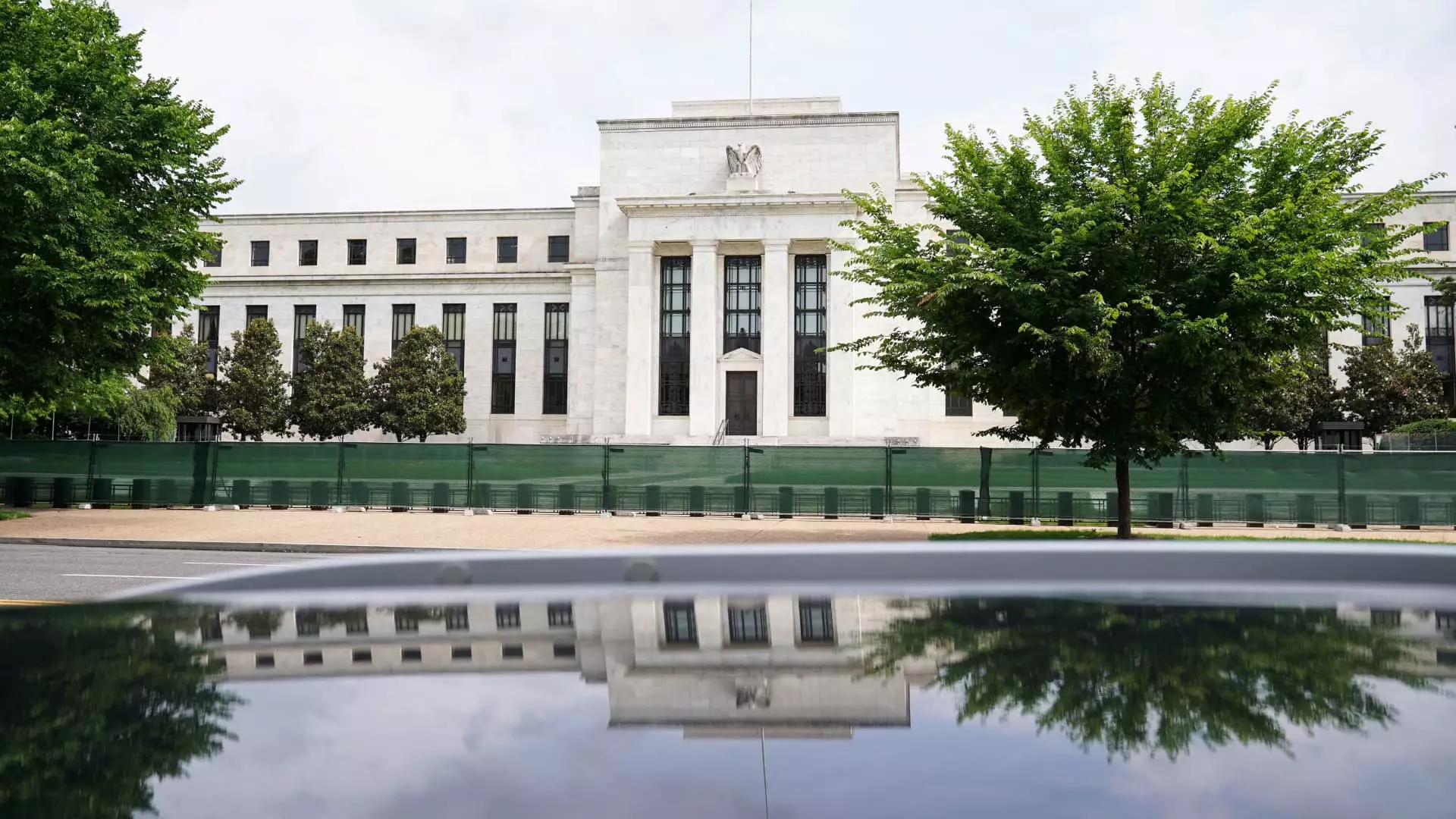As signs of cooling inflation emerge, the financial sector braces itself for potential interest rate cuts from the Federal Reserve during its upcoming meeting. For many Americans grappling with the rising cost of living and the burden of high-interest charges, this could be a glimmer of hope. However, experts caution that while reductions in rates may foster optimism, immediate and substantial relief may not be on the horizon.
Since the onset of the COVID-19 pandemic, inflation has surged to unprecedented levels, peaking at 9% in mid-2022 before recently stabilizing around 2.5% according to the Consumer Price Index (CPI). This persistent inflation has resulted in a series of aggressive interest rate hikes from the Federal Reserve, which raised the benchmark federal funds rate to its highest level in decades. The culmination of these rate hikes has led to a dramatic increase in borrowing costs for consumers, placing significant stress on households attempting to manage debt amidst soaring prices.
Brett House, an economics professor at Columbia Business School, articulates that while the potential for an interest rate reduction is welcome news for consumers, the initial cut may be negligible in terms of providing lasting financial relief. “Consumers should feel good about [an interest rate reduction], but it’s not going to deliver sizable immediate relief,” House reflects.
As market analysts speculate on the Fed’s next moves, a quarter percentage point cut is anticipated during its upcoming meeting. While this might seem significant, Greg McBride, chief financial analyst at Bankrate.com, underscores that one rate reduction will only amount to minimal relief for borrowers. While optimism is justifiable regarding future rate cuts, they will not materialize quickly enough to drastically affect immediate borrowing costs.
The Federal Reserve’s interest rate adjustments directly influence borrowing rates for financial products ranging from mortgages to credit cards. Hence, when the Fed eventually lowers its rates, consumers can expect some level of relief, albeit gradual.
For individuals with variable-rate credit cards, any reduction in the Fed’s benchmark rate will lead to a tangible decrease in the interest rates on outstanding balances. However, McBride notes that the rate cuts will need to be substantial to bring relief to consumers already facing high-interest burdens. The average credit card interest rate, which has spiked from 16.34% to beyond 20% over the past year, illustrates the gravity of the crisis. With these rates, one can see how a quarter-point cut may only serve as a minor reprieve.
In terms of mortgages, the current landscape suggests a marginal easing of rates. As of early September, the average rate for a 30-year fixed mortgage dipped to around 6.3%, influenced by the Fed’s policies and market conditions. Yet, high home prices remain a considerable hurdle for potential buyers. Jacob Channel, a senior economist, emphasizes that while rates are decreasing, the housing market still poses significant challenges for affordability.
The forecast for auto loans similarly reflects the anticipated decline in interest rates. With average rates currently hovering around 7.7%, consumers eyeing new car purchases might find relief as the Fed implements further reductions. Nevertheless, McBride is quick to stress that the impact of a rate cut on a typical loan payment will be minimal. For a $35,000 loan, the monthly difference due to a quarter-point cut will be about $4, which hardly compensates for the costs incurred by increased lifestyle expenses elsewhere.
Private student loans, often tied to fluctuating interest rates, may reflect changes more directly when the Fed implements cuts. This shift could allow borrowers to refinance into better terms. However, students considering switching from federal loans to private alternatives must be cautious, as they risk losing important safety features associated with federal loans, such as deferment options and forgiveness programs.
While the Fed’s decisions do not directly dictate deposit rates, they heavily influence market trends. Following a series of rate hikes, many high-yield savings accounts now flaunt rates exceeding 5%. However, as the anticipated rate cuts roll in, these savings yields too will likely decline. Amid these changes, McBride emphasizes that consumers should consider the relationship between returns and inflation — a critical factor in ensuring their savings maintain value over time.
The Federal Reserve’s impending interest rate cuts hold promise for some economic relief but come with significant caveats. While borrowing costs may eventually decline, consumers should remain prudent and not expect an immediate shift in their financial burdens. The long-term effects of these adjustments on the economy will depend on a multitude of factors, including broader financial health and consumer practices as inflation persists.

